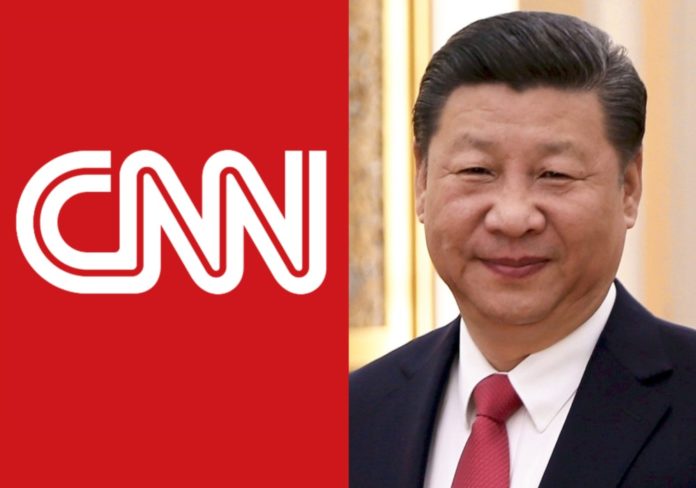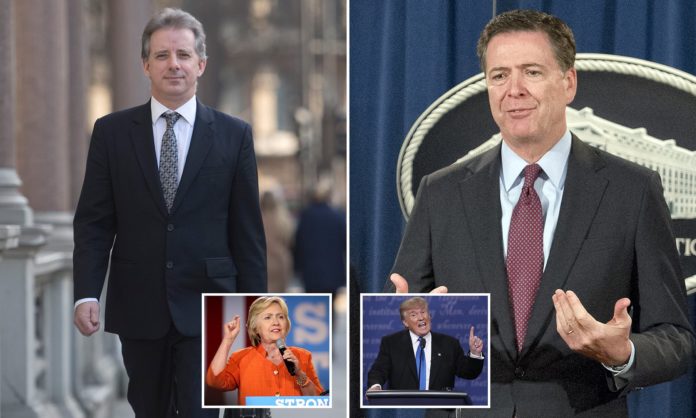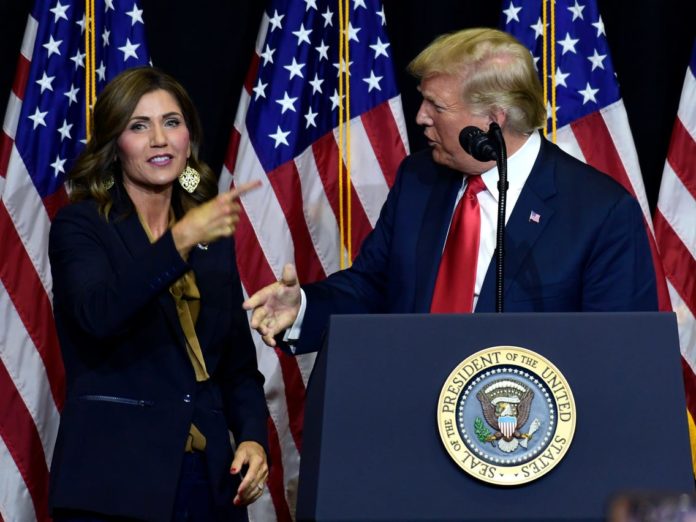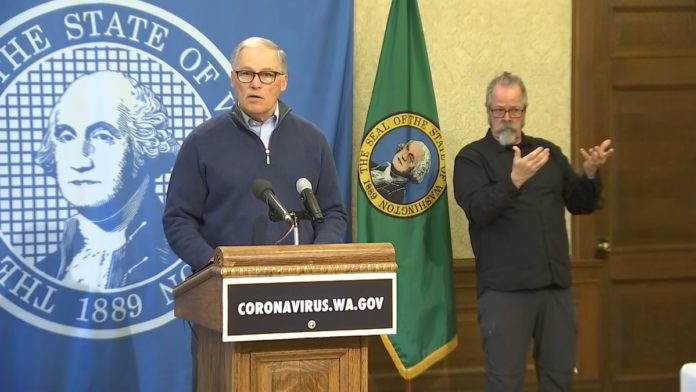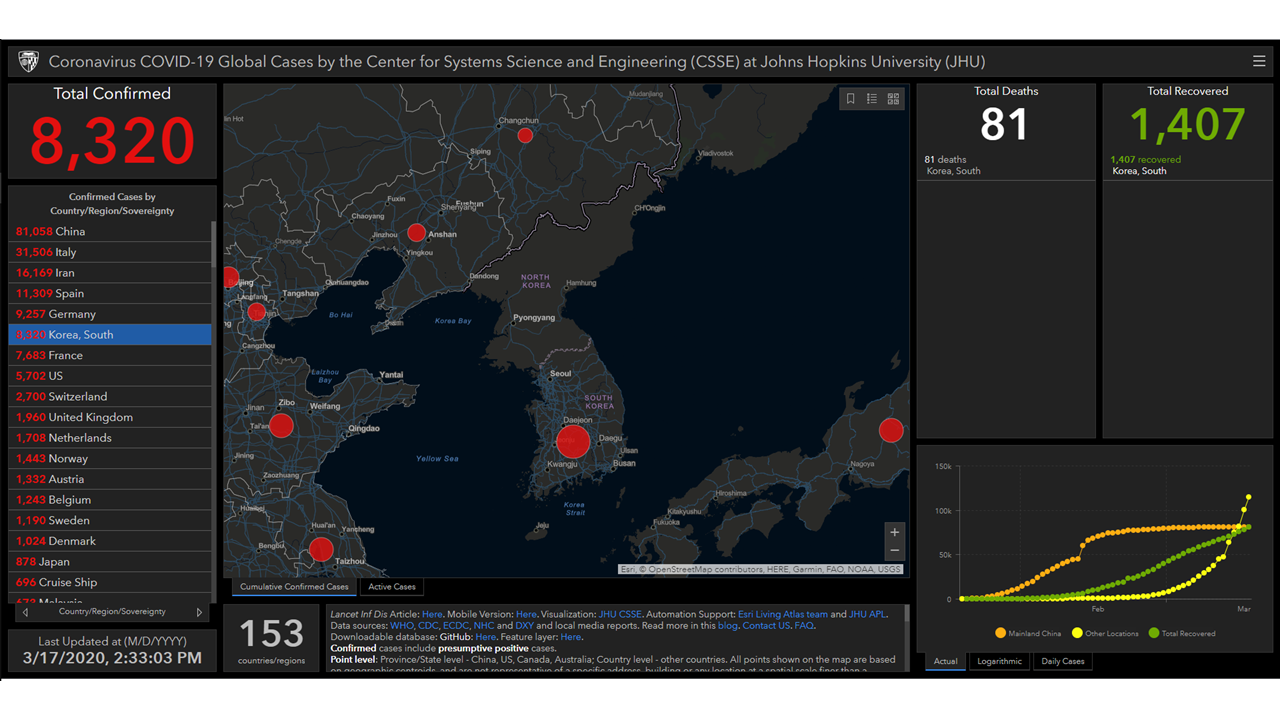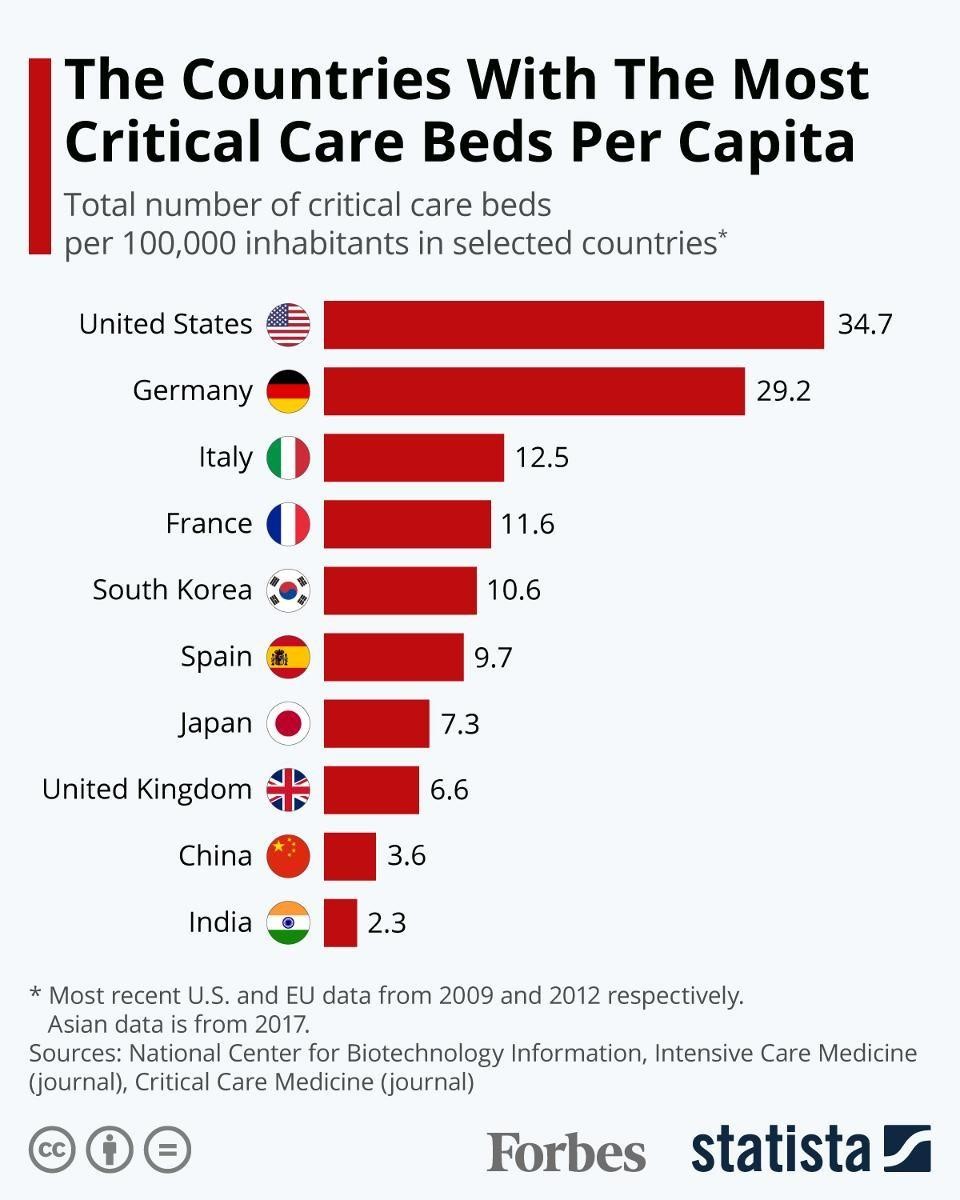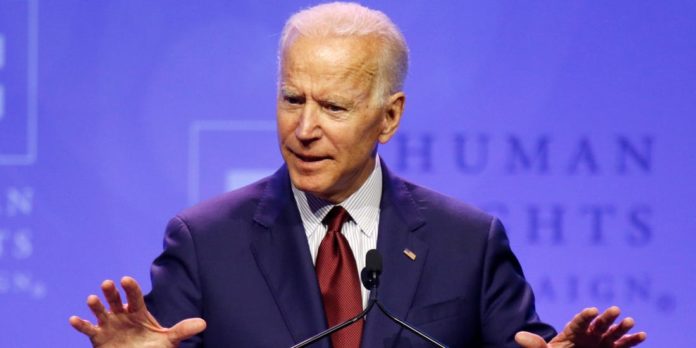This kind of false information from CNN demonstrates the U.S. mainstream media cannot be trusted so long as it continues to do the bidding of the Communist Party of China.
While the world runs damage control on a global pandemic that originated in communist China, CNN is praising China’s “model of control” and parroting Chinese propaganda in a story that reads as though it were written by none other than dictator Xi Jinping himself.
In an article Wednesday titled “China’s model of control has been blamed for the coronavirus crisis, but for some, it’s looking increasingly attractive,” CNN’s James Griffiths props up the Chinese Communist Party’s coronavirus response, parroting Chinese media’s duplicitous claims that the country sufficiently control of the virus while downplaying the CCP’s role in spreading COVID-19 to the rest of the world. The article’s inaccuracy is underscored by its internal contradictions, such as acknowledging state-run media as propaganda but then regurgitating its claims.
CNN Acknowledges Chinese Propaganda, Repeats It Anyway
After guilting “numerous Western politicians, particularly on the right” for blaming the CCP for the pandemic, CNN notes that the virus did indeed originate in China, but couches it in laudatory language. “[F]or some, the Beijing model is not necessarily looking so bad,” Griffiths says. “China … has coped with the ensuing pandemic far better than many other countries.”h
“Regardless of the many valid criticisms of how Beijing initially handled the crisis,” the article reads, “it appears to have been able to get its domestic epidemic under control and the economy back on track better than many other countries.”
Sure, China is handling the virus marvelously — according to phony data drummed up by the hegemonic bully which will stop at nothing to preserve its image as a world leader. All available evidence cuts against China’s honesty, from its lie that the virus originated with the U.S. military, to its silencing of Chinese whistleblowers and ousting of American journalists, to its bullying the World Health Organization into spreading misinformation about human-to-human transmission, to its suppression of the Wuhan virus’s existence until it was far too late to contain.
Of course, Griffiths knows this. He just buries the lede:
Certainly, China’s leaders, and their vast propaganda apparatus, have not been blind to the opportunity this [pandemic] presents. For weeks state media has been playing up the disorder around the world as it praises Beijing’s own handling of the crisis, shoring up power and support at home — but it has also taken aim at those already sympathetic to China who could be pulled further into the fold.
It appears CNN itself, sympathetic to China, is being pulled further into the fold, for Griffiths deftly ignores his own note about the propaganda machine and continues to praise Beijing, claiming it’s “debatable how communist modern China actually is,” and saying the pandemic has “highlighted the benefits of a strong government and centralized planning, while … exposing the limitations of private industry to respond quickly.”
Communists Good, Orange Man Bad
Of course, the media establishment can’t pass up an opportunity to hurl insults at Western democracy and capitalism and bash President Donald Trump. In this case, Griffiths concludes that in contrast to the “Chinese model,” the U.S., “which is often held up — for better or worse — as the example par excellence of a Western democracy … appears to be somewhat chaotic.” As evidence, he cites, among other things, federalism and Trump’s “spreading disinformation and encouraging protests.”
He then quotes German Foreign Minister Heiko Maas, who said, “China has taken some very authoritarian measures, while in the US, the virus was played down for a long time.”
It’s true China took authoritarian measures, as it always does, but when it comes to downplaying the virus and sowing chaos, that also falls on China, along with complicit media elites obsessed with fake racism, and Democrats — more so than Trump.
About two months passed between the first known cases of COVID-19 in China in November and Beijing’s lockdown in January, during which time authorities lied about the number of cases and about 5 million people fled Wuhan, enabling the virus to spread. If the Chinese government had taken appropriate measures one, two, or three weeks sooner, rather than downplaying the virus, one study shows “cases could have been reduced by 66 percent, 86 percent and 95 percent respectively — significantly limiting the geographical spread of the disease.” Bottom line: China lied. People died. The media complied — as they continue to do.
Meanwhile in the U.S., although the Centers for Disease Control insisted the COVID-19 risk to Americans was low, and the China-hijacked WHO continued praising the CCP, Trump issued a life-saving travel ban between the U.S. and China Jan. 31, declaring the Wuhan virus a public health emergency. The same day, the corporate media and Democrats in the Senate were tied up with a sham impeachment trial, and former Vice President Joe Biden was slamming Trump’s travel ban during an Iowa campaign stop as “hysteria and xenophobia.”
The article aligns perfectly with CNN’s standard Trump coverage.
While Trump maintains his “America First” mentality, Griffiths scolds, “China has been playing up the importance of ‘multilateralism,’ calling for the shoring up of global institutions and offering assistance to anyone that needs it.”
Anyone who has been paying attention to the facts knows that not only did China kick off the crisis and try to cover it up, it also hoarded medical equipment and sold it to other countries for profit. As it turned out, much of the supplies, such as test kits, were defective — a far cry from “offering assistance.”
Griffiths characterizes China as “a strong argument that an empowered state is what is needed to respond to the pandemic.” But as the pandemic continues, this kind of false information from CNN is a pretty strong counter-argument that the U.S. mainstream media cannot be trusted so long as it continues to do the bidding of the Communist Party of China.

